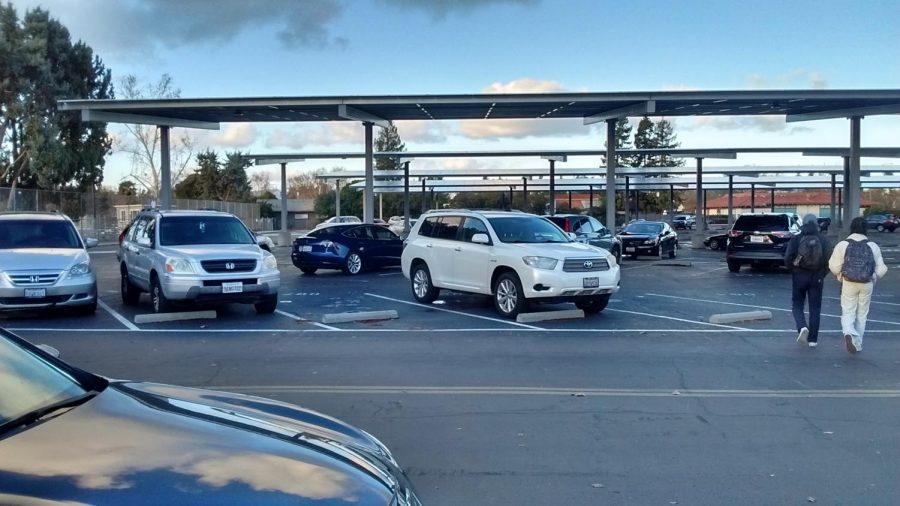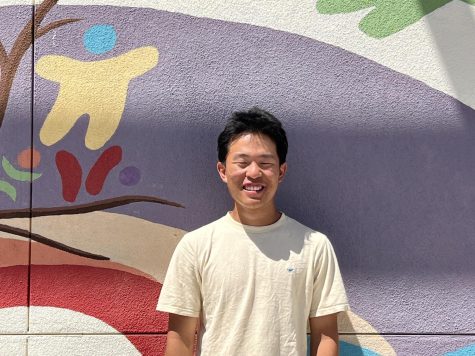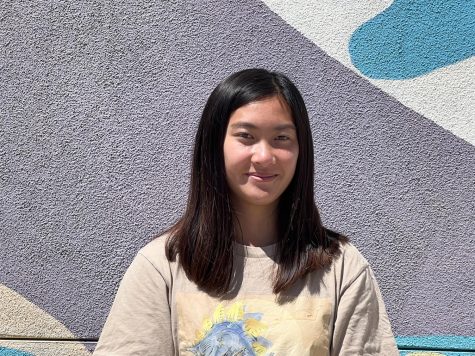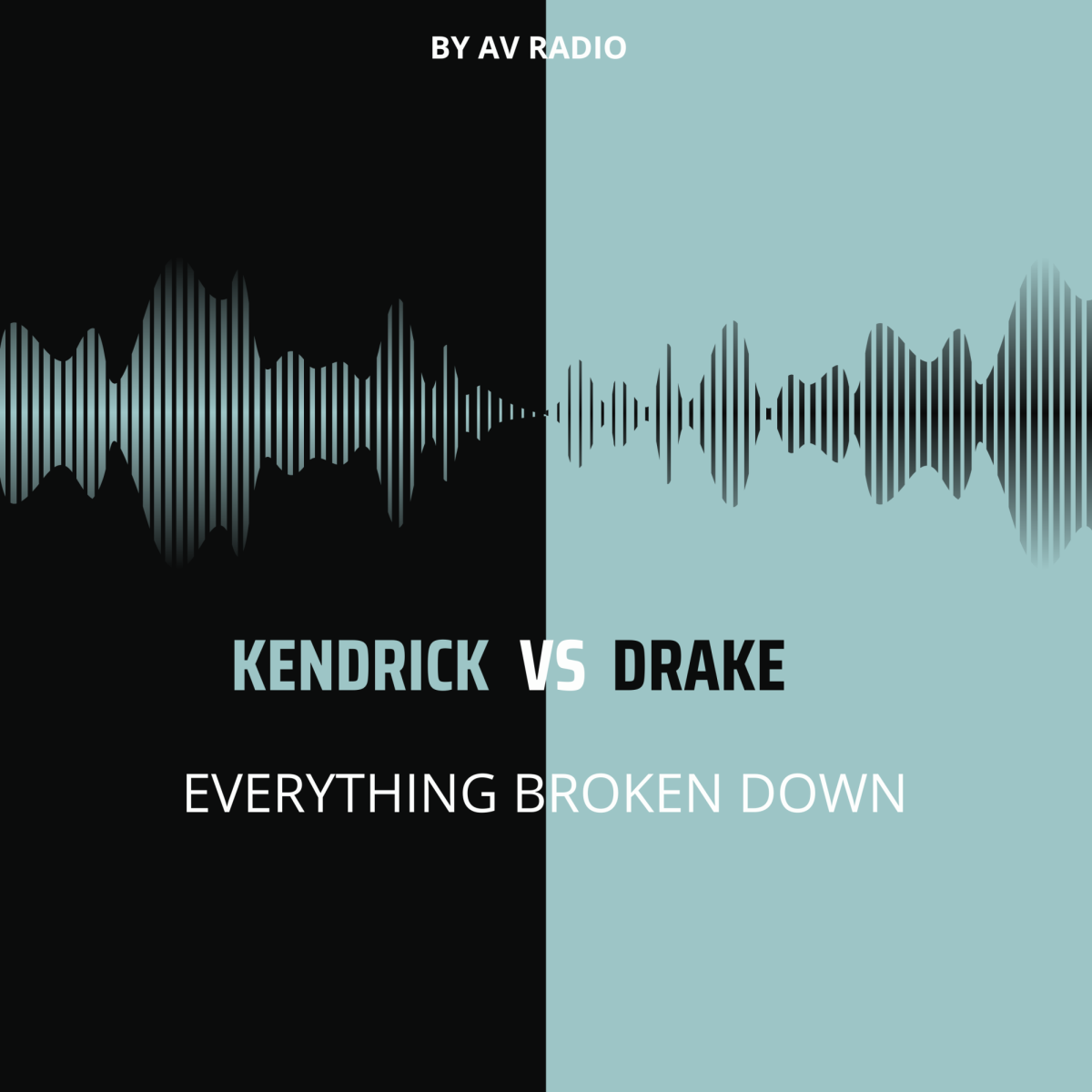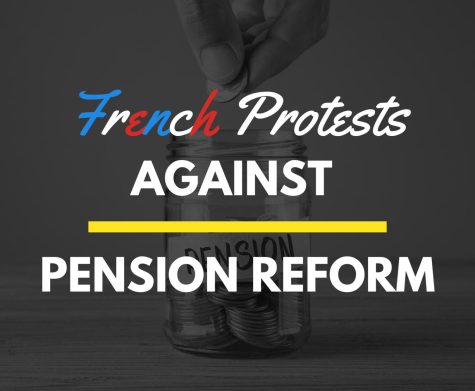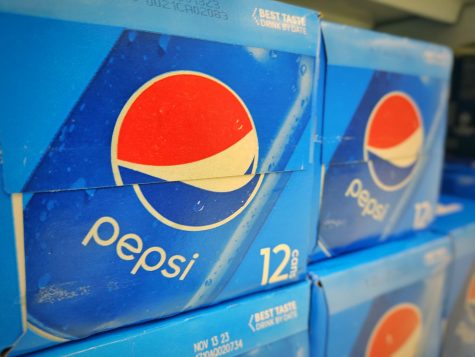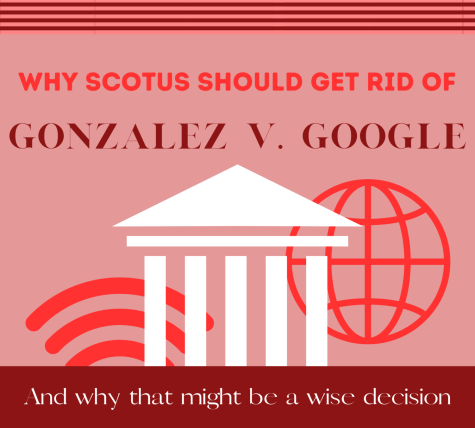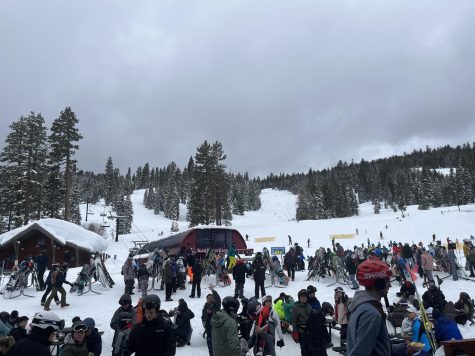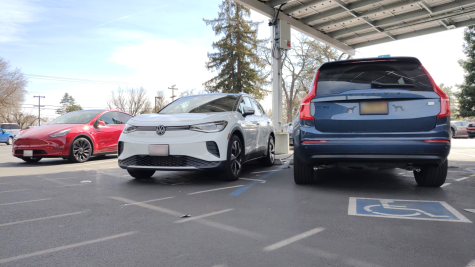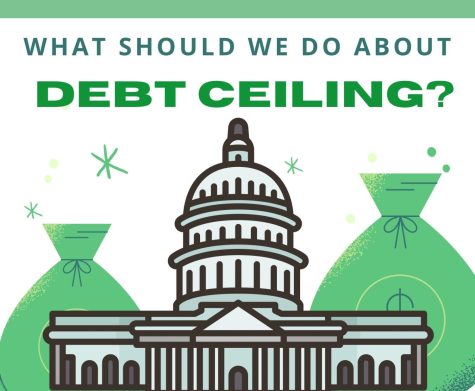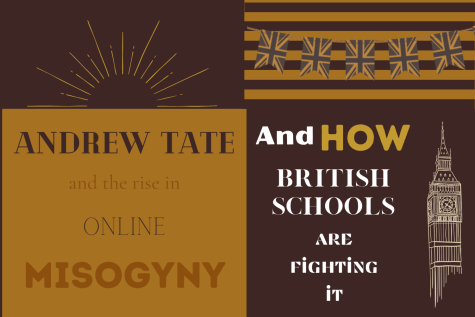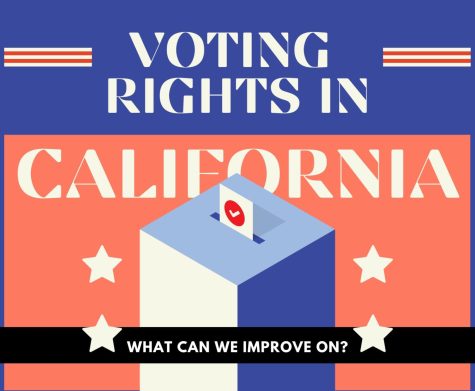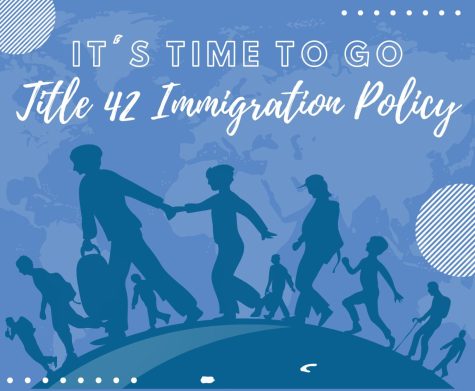America’s car culture: what can be done?
This is currently the only functional parking lot on the Amador campus. Every morning, Santa Rita all the way down to Valley is blocked, full of cars.
December 22, 2021
The automobile was invented in 1886. Little did anyone know that this invention would dramatically alter the culture of Western society – with the United States at the forefront of that embracing of car culture.
America’s car culture
America is one of the most spaced-out first world countries at 93.29 people per square mile. That’s far more than any of the European or Asian countries, excluding Russia. It would make sense, given that information, that America would have to adopt automobiles for a large part of transportation, especially with the vast expanses of American nothingness between city and city.
“In California, you have a car culture. In New York City, you have an absence of cars besides taxis and the like. I’ll be the first to admit: it’s very hard to exist without a car. Everything’s so spread out,” said Richard Hanson, a Computer Science teacher.
But in the suburbs and the urban areas of the Bay Area, where population density is among the highest in the world, right next to Tokyo and Shanghai, there lies little reason to rely on automobiles to travel.
“In China, most people don’t own a car. They’re too expensive, and tolls are everywhere. Also, the thing is, cities in China are simply too crowded. Walking or taking the subway will get you to places faster in the majority of cases than driving. Driving is for comfort, not speed in China,” said Mike Liu (‘24).
What about bikes?
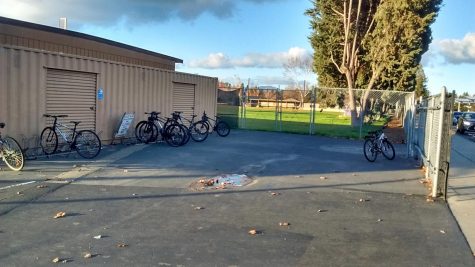
Here in Pleasanton, the majority of areas are within biking distance. Our computer science teacher, Mr. Hanson can be seen biking to and from school every morning and night.
“Well, I honestly think it’s the best thing for us. If we all biked, we wouldn’t have the traffic issues we have around Amador. It’s a great way to keep fit and to get the blood going in the morning. Three or four years ago was the last time I drove … It’s been hard, but it took me a half-hour to get to school with traffic, and I just said, I’m not doing this anymore,” said Hanson.
Not to mention, reduction of car usage results in fewer carbon emissions and footprints. This is common knowledge, but every little step away from climate change truly does indeed matter. One less drive today could have massive effects on the future.
“Bikes have zero carbon emissions at all. None. It’s the most carbon-efficient mode of transportation besides walking probably,” said Cora Da Costa Pereira, an Amador Valley Biology teacher.
Here’s a much more incentivizing reason to abandon the redundant car culture of our society: it saves incredible amounts of money. Gas currently goes for an average of 4 dollars and 65 cents in California. The average American uses 500 gallons of gas per year.
That’s nearly one and a half thousand dollars.
Not to mention, bikes cause an exponentially smaller risk of accidents and injuries-and when they do rarely occur, they almost never result in death. In America, the glamours of cars are blown out of proportion, and everyone wants wheels for their sixteenth birthday-only to become the second leading cause of teenage death in the country.
“If my kids went to school in Newark, I would have them bike or walk to school. Even still, we carpool to Pleasanton because it’s more convenient and better for the environment,” said Da Costa.
Alternatives include walking, biking, and public transportation. Realistically, biking and public transportation are completely viable if not better options than driving. Public transportation such as Bart is cheaper, safer, less tiring (you can sleep on a Bart but not when driving), and faster through avoidance of rush hours. Biking not only exercises, but offers a huge range of benefits.
“It’s really hard to find time to exercise with school and extracurricular activities like band. Biking to school forces me to fit in at least 30 or an hour of exercise into my daily schedule every day,” said Megh Patel (‘24).
As students, biking is an option that ought to be utilized much more instead of hoping for bright new shiny trucks or sports cars. The absolute excess of reasons for doing so is overwhelming.
Biking is almost completely unregulated, with little to no rules needed to learn to do so. It is unaffected by traffic jams, and no license or fuel is needed. It is fueled with determination and whatever has been eaten for breakfast, and one of the most fuel-efficient vehicles in existence quite literally.
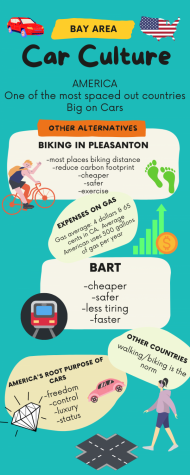
Parking lots are unnecessary, as they can be left anywhere with a secure structure to be attached to. They’re inexpensive and easy to replace, and offer one of the best forms of cardiovascular exercise.
“As long as you wear a helmet, biking is a lot less dangerous than driving. You aren’t going as fast as a car, so crashes hurt way less and you also have a lot more control over a bike compared to a car,” said Patel.
Collisions are significantly less likely to kill or even injure anyone, and minimal environmental impact is a bonus. If entire cities were designed with bicycles in mind and car culture wasn’t so prevalent, transportation would genuinely be so much more efficient. They don’t even require seatbelts!
Why are cars still so popular amongst teens?
Considering this, why are cars even viewed as the ultimate symbol of freedom that every pubescent teen is unable to wait to get their hands on?
“As people age, they do want more control. Teenagers want cars because it’s a symbol of control and freedom here in the Bay. The idea behind car culture isn’t the cars themselves, but the control it comes with,” said Hanson.
In other more crowded countries such as China, any Asian country, or even Europe, walking and non-car forms of transportation are the norm. This is simply because the culture favors that far more.
It’s not fees, or prices of cars or gas, it’s the culture. America has its root an obsession with cars, not for its usage, but because of the idea it represents: well-to-do, luxury, and status.
“When kids are eight or nine years old, they love bikes. It’s their idea of independence. When they get into their teens, it’s cars now,” said Hanson.
In the face of reason, however, all that crumbles as pure logic can deconstruct the need for cars in the incredibly crowded and dense Bay Area. The ultimate symbol of freedom is not actually one – instead, it brings with it countless regulations, rules, licenses, insurance policies, and a heavyweight.
Amador has an abundance of bike racks and a lack of parking lots. Students who walk to school don’t have to deal with traffic issues. Instead of driving, try biking instead.

